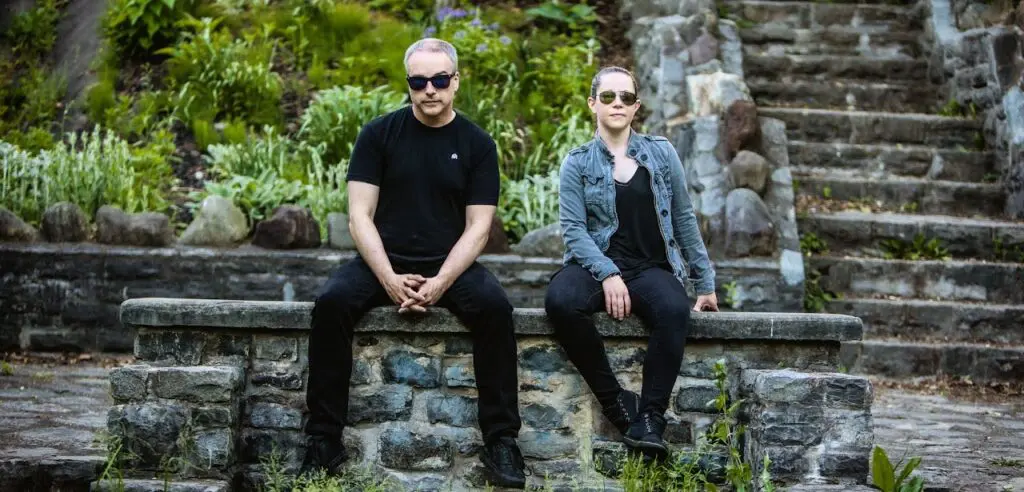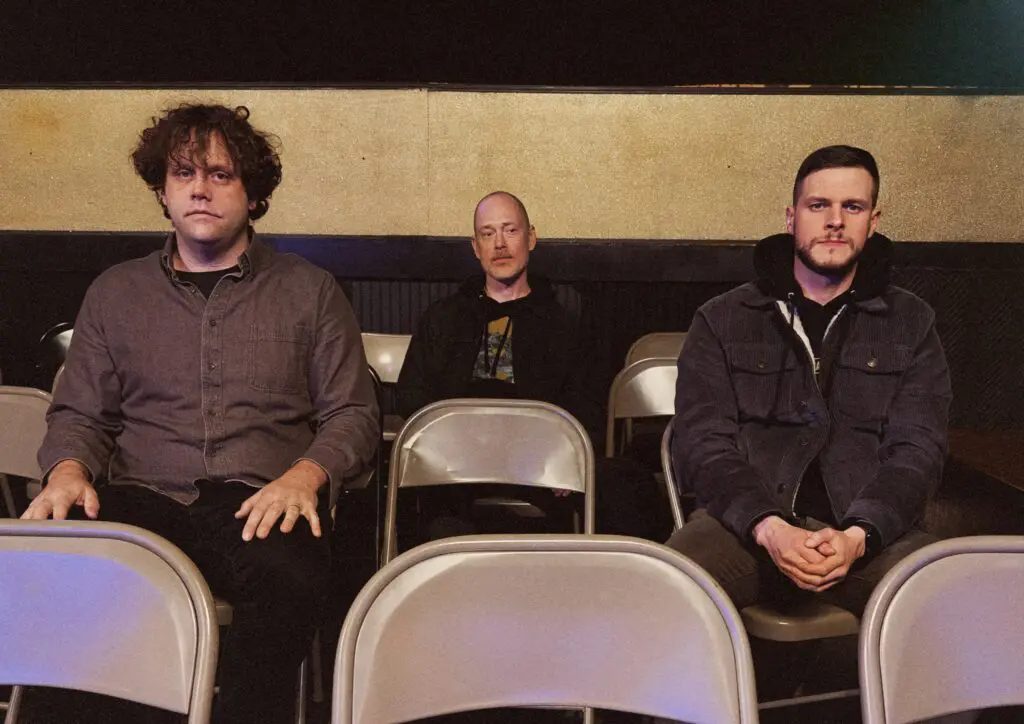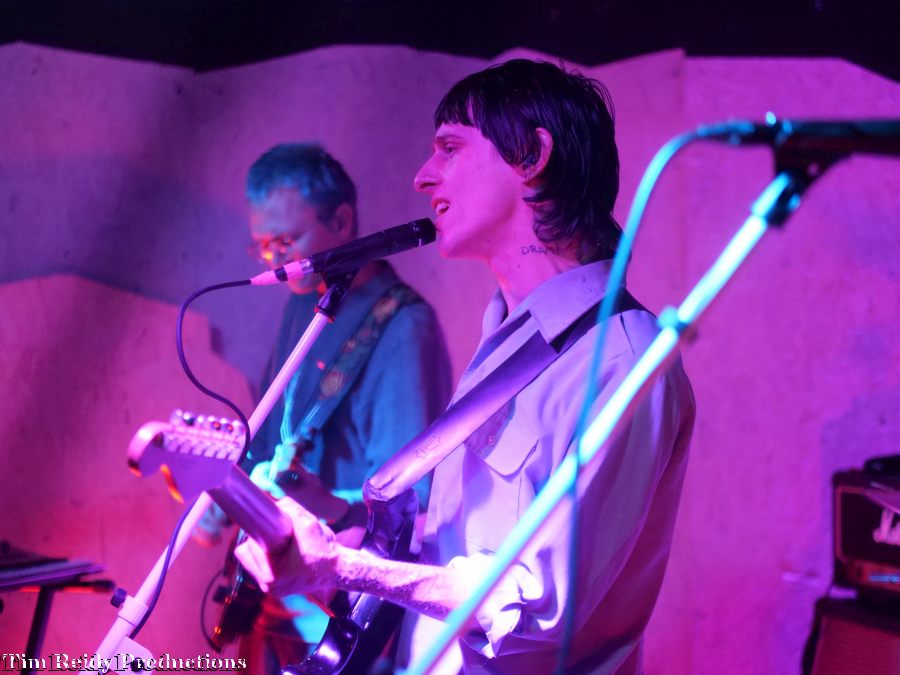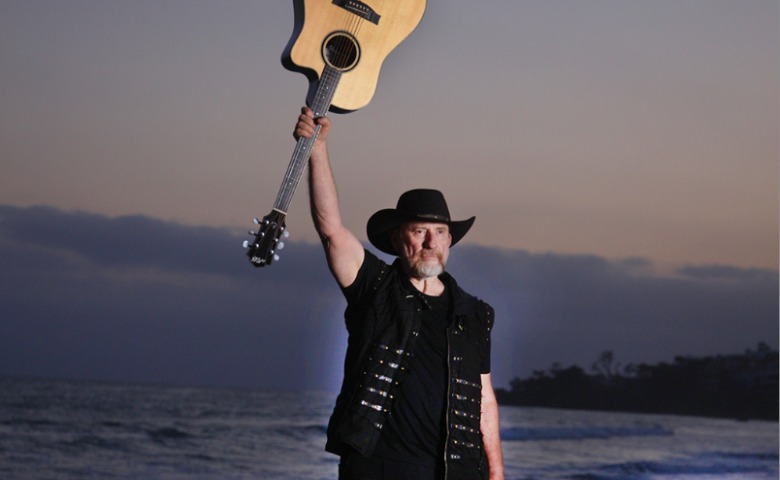John A Chiara – Interview – Xperience
By Staff on April 1, 2024
John Chiara – Interview – Xperience – by Liam Sweeny.
RRX: When you’re recording a band, it’s a relationship with what are sometimes very opinionated and insistent people. What aspect of sound do you have the hardest time communicating with opinionated musicians?
JC: I think an upfront consult can help the whole crew define roles. Sometimes, with solo artists who are not financed by outside sources, they just want to lay down vocal takes, put together a basic arrangement, and have a fast, repeatable working template so they can “finish” material quickly while maintaining a consistent quality for a lot of different songs. That’s kind of a “notebook” project, where often tracks get sent to other artists and mixers for further arrangement. It’s set up to maximize speed and consistency.
With band projects, it most often gets structured so that the band and myself co-produce the songs. They have arrangements (hopefully well-rehearsed) and together we go into getting sounds, streamlining arrangements, manipulating parts and harmonies, choosing instruments and sounds, and hopefully recreate some onstage excitement that will cross over into the recordings. I have decades of live show experience, and I like it when the band feels like the performance translates. My whole tracking setup is designed to replicate a live performance; from live drum energy to the directions the sounds emanate from. So it feels familiar to a live stage performance, usually with no headphones. Then we have tracking setups so sounds can easily be replicated. So if the sessions go on for, say a few weeks, everything holds together and sounds coherent. This allows as much tweaking and experimenting as the band wants, without ever having to backtrack or reorganize.
I also am lucky to have a great-sounding live room that I often use to multitrack jazz projects, horn band recordings, and live band demo/video projects.
With singer-songwriters, it often develops that they become the producer and I become strictly an engineer, following their lead and constructing songs sometimes from scratch. In these cases, I’m in the air traffic controller seat; making sure the workflow is uninterrupted and maximum flexibility in the writing process can be maintained.
In all cases, momentum is important, and helped by eliminating anything that slows or interrupts the flow of ideas and performances.
RRX: You are a passionate listener, but you also have your eyes on gauges, meters, faders, etc. What is something you feel can only be worked out (musically) behind the meters or faders?
JC: Many times, the actual mechanics of sessions and projects end up being a combination of different “parts” of the process. For instance, often performance and mix “dynamics” can be enhanced and modified through creative digital processes; from simple things like fades and automation, to creative effects and visualization. Again, I call on my experience mixing 10,000 live shows to recreate (hopefully) the energy and excitement of a great live show. I want to put the listener AT the performance.
RRX: You are called upon to bring good sound to a host of conditions. Are there any geographic situations you won’t do sound with, or really don’t like? Off of this, what is the most challenging environment you’ve ever worked in?
JC: Speaking of live shows, I’m lucky to have learned a bunch of basic physics early in my career. I was reminded of this with the recent passing of Bob Heil, a true innovator in the live sound world for decades, who created sound systems for the Grateful Dead and the famous quadraphonic system for the Who, and who wrote a sound reinforcement handbook called “Practical Guide for Concert Sound.” The concepts in this book have helped countless sound engineers have a better understanding of things that really matter. So when I find myself in challenging situations, I have a lot of insight into maximizing outcomes. Outdoors is technically the best—no reflections. Bigger spaces, as in a “shed” like SPAC, usually have low-end resonance issues that have us needing to avoid exciting the room, while smaller venues have the stage volume become an issue.
The worst places are big, hard-surface, reflective, gymnasium-type spaces. You need to pick what you make articulate … which usually is vocals.
RRX: Working with musicians, you end up working with their effects pedals. Do you have to be an encyclopedia on pedals to understand them all, or are there basic rules that come with recording effect pedals?
JC: I try and let players design their own sounds unless it directly negatively impacts our ability to effectively mix. Often, tracking with less delay or reverb allows more flexibility later on.
RRX: So this question isn’t about a favorite band; it’s about a favorite show, a show with what you’d call great sound. Is the best band, in your opinion, the best sound?
JC: I have to say that last summer at SPAC, outside … was excellent. I saw Rod Stewart and Styx, and the quality and mixes were excellent. Also, Steve Lukather at the Egg was excellent. It was ALL due to the talents of the mix engineers.
RRX: There’s a lot of equipment in sound engineering. A lot of it is new and just something you have to come up with; some of it is time-honored, and you’d never part with it. What is a piece of equipment you’ve had a long time, that you would never want to give up?
JC: One go-to in the studio is my Manley VOXBOX. Lots of adjustable gain, tone, and dynamic adjustments, all in one unit filled with tubes and transformers.





 RadioRadioX
RadioRadioX